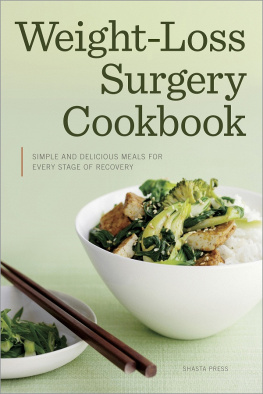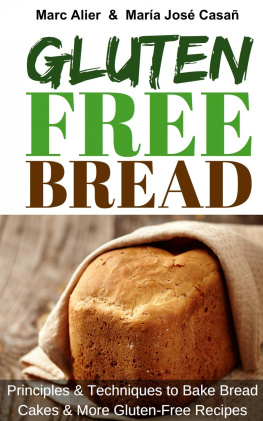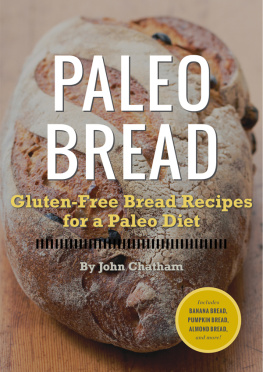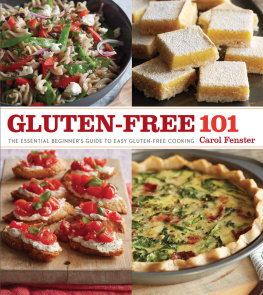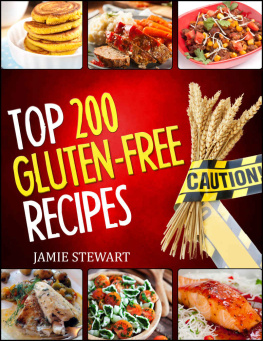
SHASTA PRESS
Copyright 2013 by Shasta Press, Berkeley, California
No part of this publication may be reproduced, stored in a retrieval system or transmitted in any form or by any means, electronic, mechanical, photocopying, recording, scanning or otherwise, except as permitted under Sections 107 or 108 of the 1976 United States Copyright Act, without the prior written permission of the Publisher. Requests to the Publisher for permission should be addressed to the Permissions Department, Shasta Press, 918 Parker St, Suite A-12, Berkeley, CA 94710.
Limit of Liability/Disclaimer of Warranty: The Publisher and the author make no representations or warranties with respect to the accuracy or completeness of the contents of this work and specifically disclaim all warranties, including without limitation warranties of fitness for a particular purpose. No warranty may be created or extended by sales or promotional materials. The advice and strategies contained herein may not be suitable for every situation. This work is sold with the understanding that the publisher is not engaged in rendering medical, legal or other professional advice or services. If professional assistance is required, the services of a competent professional person should be sought. Neither the Publisher nor the author shall be liable for damages arising herefrom. The fact that an individual, organization or website is referred to in this work as a citation and/or potential source of further information does not mean that the author or the Publisher endorses the information the individual, organization or website may provide or recommendations they/ it may make. Further, readers should be aware that Internet websites listed in this work may have changed or disappeared between when this work was written and when it is read.
For general information on our other products and services or to obtain technical support, please contact our Customer Care Department within the U.S. at (866) 744-2665, or outside the U.S. at (510) 253-0500.
Shasta Press publishes its books in a variety of electronic and print formats. Some content that appears in print may not be available in electronic books, and vice versa.
TRADEMARKS: Shasta Press and the Shasta Press logo are trademarks or registered trademarks of Callisto Media Inc. and/or its affiliates, in the United States and other countries, and may not be used without written permission. All other trademarks are the property of their respective owners. Shasta Press is not associated with any product or vendor mentioned in this book.
ISBN: Print 978-1-62315-212-3 | eBook 978-1-62315-213-0
CONTENTS

How can a nation be great if its bread tastes like Kleenex?
Julia Child
INTRODUCTION
G luten-free diets are not just the latest fad. Ever-increasing numbers of people are choosing to embrace a gluten-free lifestyle as awareness of celiac disease, wheat allergies, and gluten intolerance grows. Whether you have decided to live gluten-free by necessity or by choice, following a gluten-free diet can be a challenge. It is a lifestyle change that requires diligence, creativity, and a commitment that will help you get past the daily hurdles.
Gluten-Free Bread is designed to help you make the transition to gluten-free bread with less confusion and more delicious recipes. This book will explain what gluten is, the different health issues people may have with gluten, and how to live without it and still enjoy great breads and treats.
Its important that you make your gluten-free decision an informed one. If you feel your body reacts badly to gluten or to wheat products, it is essential to be tested for celiac disease before you cut gluten from your diet. This test diagnoses the disease by looking for specific antibodies, which will not be present if you are no longer eating gluten. Thats why you must take the test before you change your diet.
It is essential to understand the exact reason why your body doesnt tolerate gluten because there are important differences between celiac disease, wheat allergy, and gluten sensitivity. Its also the only way youll know if other family members are affected, since celiac disease tends to be inherited. Once you know why your health is affected by eating gluten or wheat, youll know how seriously you need to take going gluten-free, whether your problem is all types of gluten or just wheat, and whether deviating from the gluten-free diet is a matter of choice or a matter of safety and health.
What Is Gluten?
Gluten is a compound protein that, along with starch, is stored in the endosperm of certain grassy grains, such as wheat, barley, rye, and spelt. The endosperm is the part of a seed that stores food for the developing plant embryo. In bread, the gluten creates a crisscross protein network, which in turn, gives the dough its elasticity. This network also traps gas, which helps the dough rise. Its the gluten that gives bread its chewy texture and specific look and feel.
When you decide to eat a gluten-free diet, it suddenly seems that gluten is in everythingand it is in a great deal of things you might not expect. It can be difficult at first to weed out all of the foods youre used to eating but can no longer have. Fortunately, there are plenty of ways to enjoy many of your favorite foods by using recipes that take traditional favorites and make them without wheat, barley, rye, or spelt. There are many wonderful recipes in the cookbook section of this book, and even a bonus selection of gluten-free treats you may have thought youd have to do without, such as pizza and even French bread.

If thou tasteth a crust of bread, thou tasteth all the stars and all the heavens.
Robert Browning
15 STRATEGIES FOR BETTER GLUTEN-FREE BREADS
Y ou can definitely create gorgeous loaves of gluten-free bread if you follow the recipes carefully and keep these strategies in mind. You must also remember that gluten-free breads will be different from traditional wheat breads. Here are a few things to consider when baking gluten-free breads so that the experience is satisfying and successful.

| Remember that gluten-free breads are definitely not like traditional breads, either in texture, taste, or even shelf life. Dont despair thoughyou will still be able to slice it for sandwiches, dip it in soups, and have it as toast in the morning. Some gluten-free breads are actually quick breads, so expect a certain denseness and lack of crust. Try to embrace the unique qualities of these breads without comparing them to their wheat-based counterparts. You will be able to produce some truly delicious breads that are healthy. But as with regular baking, not every attempt will be a success the first time around. Be willing to adjust and experiment to get the results you want. |




